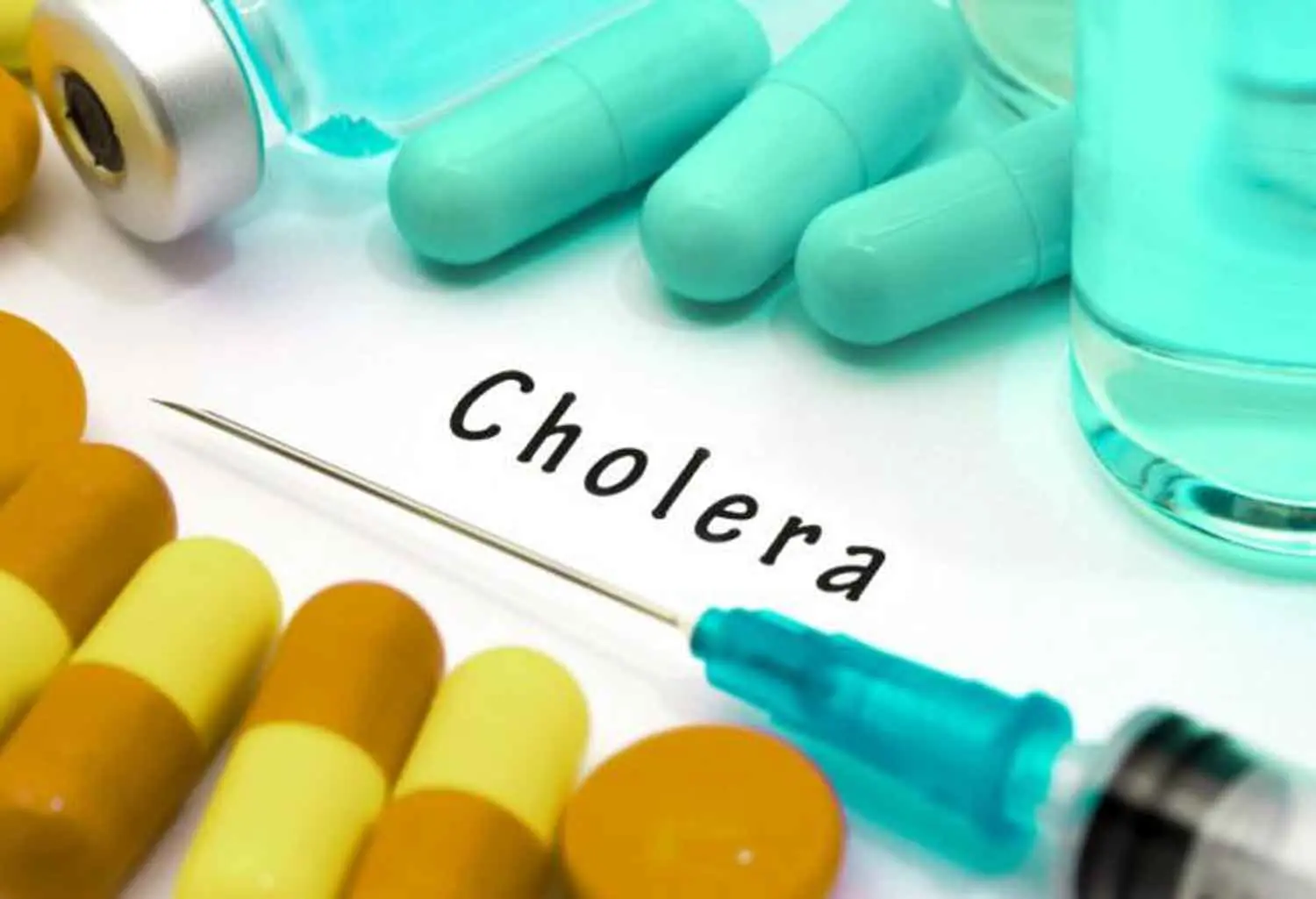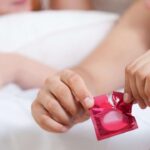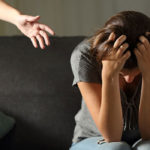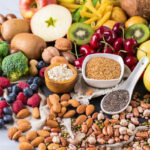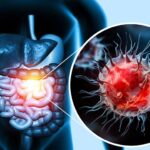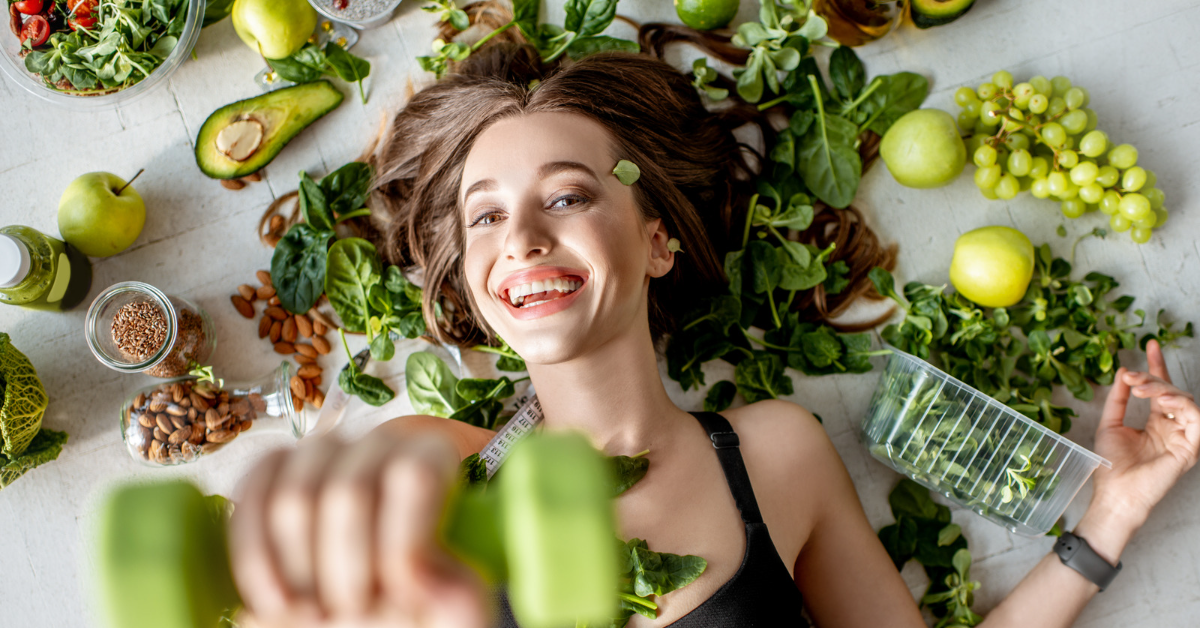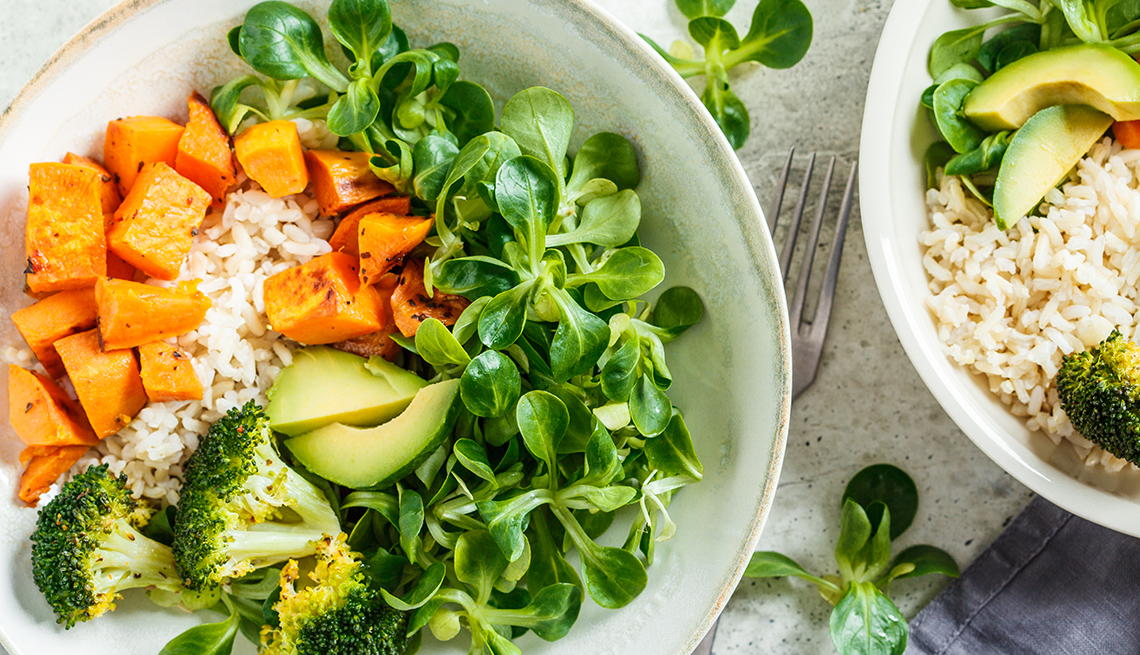Cholera Prevention
Cholera prevention is a critical aspect of public health efforts worldwide, aimed at reducing the transmission of Vibrio cholerae bacteria, which cause the potentially deadly cholera disease.
This comprehensive strategy involves a combination of measures centered around ensuring access to safe water, promoting good hygiene practices, implementing proper sanitation, advocating for vaccination in at-risk populations, and maintaining a clean environment.
Effective cholera prevention begins with securing access to safe drinking water through methods such as boiling, chlorination, or filtration. Hygiene plays a crucial role, emphasizing frequent handwashing with soap and water, particularly before handling food and after using the toilet.
Proper sanitation facilities are essential to prevent the contamination of water sources with human waste, a significant driver of cholera outbreaks.
Food safety practices, including thorough cooking of seafood and other potentially contaminated foods, help mitigate the risk of infection.
Vaccination against cholera is recommended in endemic areas or during outbreaks to provide additional protection to vulnerable populations.
Community awareness and education initiatives are pivotal in promoting these preventive measures and fostering early recognition of cholera symptoms. Timely intervention through rapid response teams and healthcare infrastructure further supports containment efforts.
By prioritizing these preventive measures, individuals, communities, and healthcare systems can work together to minimize the impact of cholera outbreaks, safeguard public health, and improve overall well-being in affected regions.
How can you prevent getting cholera?
Preventing Cholera: Five Basic Steps
Key Points:
- Cholera is transmitted through contaminated water or food.
- Symptoms include severe watery diarrhea and vomiting, which can be life-threatening.
- Follow these steps to lower your risk of contracting cholera when visiting affected areas.
Prevention Tips:
- Drink Safe Water:
- Only consume water that has been boiled, treated with chlorine, or comes from a safe and reliable source. Avoid drinking untreated water, including ice cubes and beverages made with tap water.
- Eat Safe Food:
- Ensure all food is thoroughly cooked and served hot. Avoid raw or undercooked seafood, fruits, and vegetables. Peel fruits yourself and avoid street food unless it’s freshly cooked and served hot.
- Practice Good Hygiene:
- Wash hands frequently with soap and safe water, especially before eating, preparing food, and after using the toilet. Use hand sanitizer if soap and water are not available.
Safe Water Practices
Graphic of a bottle of water
To protect against cholera and other waterborne diseases, it’s crucial to ensure the water you drink and use is safe. Here’s how to achieve that:
- Choose Safe Water Sources:
- Use bottled water with unbroken seals for drinking, brushing teeth, washing, preparing food, making ice, and beverages.
- Avoid piped water, drinks sold in cups or bags, and ice from unknown sources as they may not be safe.
- Water Treatment Methods:
- Chlorine Treatment:
- Use locally available chlorine treatment products designed for drinking water.
- Follow the instructions on the label carefully to ensure effective disinfection.
- Boiling:
- If chlorine treatment products are unavailable, boiling water is an effective method.
- Bring water to a rolling boil for at least 1 minute to kill harmful pathogens.
- Store boiled water safely in a clean, covered container to prevent recontamination.
- Filtering:
- Use a filter with a pore size of 0.3 microns or less to remove bacteria and parasites.
- After filtering, treat the water with a disinfectant such as chlorine, chlorine dioxide, or iodine as an additional precaution.
- Store filtered water in a clean, covered container to prevent recontamination.
- Chlorine Treatment:
Note: Both boiled and filtered water are at risk of recontamination if not stored properly. Always use clean containers and consider additional treatment with chlorine to maintain water safety.
By following these practices, you can significantly reduce the risk of contracting cholera and other waterborne illnesses when using water from uncertain sources.
Hand Hygiene Practices
To prevent the spread of cholera and other diseases, it’s essential to practice proper hand hygiene. Here are the recommended steps:
- When to Wash Hands:
- Before, During, and After Food Preparation:
- Wash hands thoroughly with soap and safe water before handling food.
- Continue washing hands during food preparation to prevent contamination.
- After preparing food, wash hands again to remove any potential pathogens.
- Before and After Eating:
- Wash hands with soap and safe water before eating to avoid transferring germs to your mouth.
- After eating, wash hands to remove food particles and potential contaminants.
- After Using the Toilet:
- Proper handwashing after using the toilet is critical to prevent the spread of fecal-oral diseases like cholera.
- Use soap and safe water to ensure hands are thoroughly cleaned.
- After Cleaning a Child’s Bottom:
- Wash hands immediately after changing diapers or cleaning a child’s bottom to prevent the spread of germs.
- After Taking Care of Someone Ill with Diarrhea:
- If caring for someone with diarrhea, wash hands thoroughly after providing assistance to prevent further transmission of bacteria.
- Before, During, and After Food Preparation:
- Using Hand Sanitizer:
- When Soap and Water Aren’t Available:
- If soap and safe water are not accessible, use an alcohol-based hand sanitizer with at least 60% alcohol content.
- Apply enough sanitizer to cover all surfaces of your hands and rub hands together until dry.
- When Soap and Water Aren’t Available:
Note: Proper hand hygiene is crucial in preventing the transmission of diseases like cholera. Always prioritize washing hands with soap and safe water whenever possible, especially before handling food and after using the toilet or caring for someone who is sick. Use hand sanitizer as a backup when soap and water are unavailable to maintain cleanliness and hygiene.
Safe Sanitation Practices
Graphic of a toilet and a roll of toilet paper hanging on the wall
Proper sanitation practices are crucial for preventing the spread of diseases like cholera. Follow these guidelines for safe disposal of human waste:
- Use Toilets or Sanitation Facilities:
- Use toilets or safely managed sanitation facilities to dispose of human waste, including children’s waste.
- Ensure toilets are properly maintained and hygienic for use.
- After Using Toilets:
- Flush or bury poop immediately after using toilets to prevent contamination of water sources.
- Wash hands thoroughly with soap and safe water after using the toilet to remove any harmful bacteria.
- When Toilets Are Unavailable:
- Field Sanitation:
- If toilets are not accessible, defecate at least 30 meters (100 feet) away from any body of water, including wells.
- Bury poop in a hole dug at least half-meter (1.6 feet) deep to ensure it is safely contained and will not contaminate water sources.
- Using Plastic Bags:
- Dispose of plastic bags containing poop in latrines or designated collection points if available.
- Alternatively, bury plastic bags containing poop in the ground to prevent environmental contamination.
- Do not dispose of plastic bags in chemical toilets as they may cause damage or contamination.
- Creating Temporary Toilets:
- Dig new latrines or temporary pit toilets at least half-meter (1.6 feet) deep and ensure they are located at least 30 meters (100 feet) away from any body of water.
- This helps to prevent the spread of diseases through contaminated water sources.
- Field Sanitation:
By following these sanitation practices, you can contribute to maintaining clean and safe environments, reducing the risk of diseases like cholera, and promoting community health and well-being.
Safe Food Preparation Practices
Graphic of a pot with steam coming from the top and sitting on a flame
To prevent cholera and other foodborne illnesses, follow these food safety guidelines:
- Cook Thoroughly:
- Meats and Seafood:
- Ensure meats, poultry, and seafood are cooked thoroughly until they are hot and steaming.
- For seafood, especially shellfish, cook until it is very hot all the way through to kill any harmful bacteria.
- Meats and Seafood:
- Fruits and Vegetables:
- Peel or Cook:
- Peel raw fruits and vegetables before eating to remove potential contaminants.
- Cook other foods, including vegetables, thoroughly to ensure they are safe to consume.
- Eat foods that are still hot and steaming to reduce the risk of contamination.
- Peel or Cook:
- Avoid Raw, Unpeeled Foods:
- Raw Vegetables and Fruits:
- Avoid consuming raw vegetables and fruits that cannot be peeled, as they may harbor bacteria.
- If consuming raw produce, ensure it has been thoroughly washed with safe water and peeled.
- Raw Vegetables and Fruits:
- Seafood Safety:
- Cook Shellfish Well:
- Cook seafood, especially shellfish, until it is very hot throughout to kill any potential pathogens.
- Ensure shellfish, like clams or oysters, are fully cooked before consumption.
- Cook Shellfish Well:
Note: Proper cooking and preparation of food are essential steps in preventing foodborne illnesses like cholera. By following these guidelines, you can minimize the risk of contamination and ensure the food you consume is safe and healthy.
Safe Cleanup Practices
Graphic of a spray bottle of cleaning solution
Proper cleanup and disinfection are crucial for preventing the spread of cholera and other diseases. Follow these steps to ensure safe cleanup:
- Clean Contaminated Surfaces:
- Thoroughly clean toilets and surfaces contaminated with poop using soap and safe water.
- Use a soap solution to remove visible poop from surfaces.
- Disinfect Surfaces:
- After cleaning, disinfect surfaces using a solution of 1 part household bleach to 9 parts water.
- Apply the disinfectant solution to the cleaned surfaces and allow it to sit for at least 1 minute to effectively kill any remaining bacteria.
- Kitchenware and Food Preparation Areas:
- Clean and disinfect kitchenware, utensils, and areas where you prepare food with soap and safe water.
- Ensure all items are thoroughly dried after cleaning to prevent bacterial growth.
- Personal Hygiene and Laundry:
- Bathe and wash clothes or diapers at least 30 meters (100 feet) away from drinking water sources to avoid contamination.
- Clean dirty rags with hot water and soap, then allow them to fully dry before reuse.
- Disposal of Cleaning Solutions:
- Safely dispose of soapy water and disinfection solutions by pouring them into a drain, toilet, or latrine.
- Avoid disposing of cleaning solutions in open water sources to prevent environmental contamination.
- Hand Hygiene:
- Wash your hands thoroughly with soap and safe water after cleaning and disinfecting contaminated surfaces.
- Proper handwashing helps prevent the spread of bacteria and ensures personal hygiene.
By following these cleanup practices, you can effectively reduce the risk of cholera transmission and maintain a clean and healthy environment for yourself and others.
Summary
Cholera prevention focuses on a combination of safe water and food hygiene practices, proper sanitation, vaccination, and personal hygiene measures. Here’s a detailed summary of cholera prevention methods:
- Safe Water Practices
Drink and Use Safe Water:
- Source: Drink bottled, chlorinated, boiled, or filtered water from safe sources.
- Treatment: If using chlorine products, follow label instructions for water treatment. Boiling water for 1 minute is effective if chlorine treatment isn’t available.
- Storage: Store treated water in clean, covered containers to prevent recontamination.
- Personal Hygiene
Hand Hygiene:
- Handwashing: Wash hands frequently with soap and safe water, especially:
- Before preparing or eating food.
- After using the toilet.
- After caring for someone with diarrhea.
- Hand Sanitizers: Use alcohol-based hand sanitizers (at least 60% alcohol) if soap and water are not available.
- Safe Food Practices
Food Safety:
- Cooking: Ensure all meats, seafood, and other foods are thoroughly cooked and hot when served.
- Avoid Raw Foods: Peel fruits and vegetables before eating. Avoid raw vegetables and fruits that cannot be peeled.
- Seafood: Cook shellfish until very hot throughout to kill harmful bacteria.
- Sanitation
Use Toilets:
- Use safe sanitation facilities for disposing of human waste.
- If toilets are unavailable, dispose of waste at least 30 meters away from water sources, burying it in the ground if possible.
- Clean Environment
Clean and Disinfect:
- Clean and disinfect toilets, surfaces, and kitchenware with soap and water followed by a bleach solution (1 part bleach to 9 parts water).
- Dispose of soapy water and disinfection solutions safely, avoiding contamination of water sources.
- Vaccination
- Consult a Doctor: Consider cholera vaccination if traveling to or living in areas where cholera is endemic or if safe water and sanitation are not available.
Additional Considerations
- Pregnancy: Pregnant women should take extra precautions and consult healthcare providers regarding cholera risks and prevention strategies.
- Community Awareness: Educate communities about cholera prevention measures, symptoms, and early treatment.
- Environmental Management: Ensure proper sewage disposal and water treatment to prevent contamination of water sources.
By implementing these comprehensive cholera prevention measures, individuals and communities can significantly reduce the risk of cholera outbreaks and maintain public health and safety.
Regular adherence to these practices is crucial, especially in areas prone to cholera or during outbreaks, to protect against this potentially life-threatening disease.
Benefits of Eating Pomegranate
Foods to help with Constipation

A graduate of Computer Science and Information Management Technology. Diploma – Caregiving, Certificates – Dementia and Diabetes Awareness and Management. A researcher, blogger, songwriter, singer and acoustic guitarist. Born in an environment where natural talents such as healing are imparted at our natural birth. This natural talents of healing is the result of our genetic inheritance and the training from family environment.







